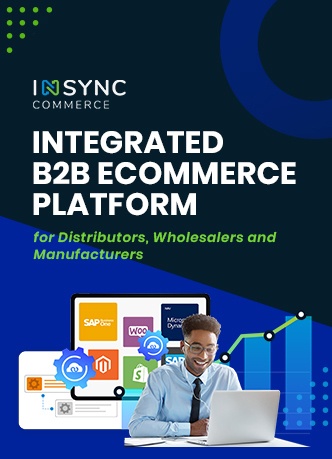Are you an eCommerce entrepreneur or planning to start an online store? Does this story sounds familiar – ‘ A new customer lands onto your website, chooses the product after considering price and adds it to the cart. He proceed to the ‘checkout’ section and gets hit with the shipping and handling charges and reconsiders their purchase decision. And then – either they buy the product reluctantly or abandon the shopping cart leaving you disappointed!
Moral of the story –a proper shipping strategy or lack of it can affect ecommerce sales in a big way. Here’s a lowdown at some shopping strategies and how you can use them:
Shipping Rates Affect Shopping Cart Abandonment
Studies by North American Retail online survey shows ‘high shipping and handling costs’ are the number one reason for shopping cart abandonment. Indecisiveness and low price on other sites are the next 2 big factors. The real challenge lies in devising a shipping strategy that would be appealing to your customers as well not eat away your margins. This graph shows the most popular factors for ‘incomplete online purchase’:
Some Popular eCommerce Shipping Strategies
Free Shipping
Let’s start with the most surefire way to attract eCommerce customers, at least in the domestic market, Free Shipping. The challenge is – it can cut away your profits. However it can give you an edge over competitors who do not offer that, in terms of marketing and sales. Now there are 2 angles in this strategy – you can either increase the price of products slightly to recover the cost or absorb the cost hoping higher sales. Consider both these strategies and employ it over a regular period to see which one gives better results.
One popular way is to offer ‘free shipping’ with minimum order amounts or with minimum item numbers. That’s would drive average order value, sales value and more profits against which shipping cost can be adjusted. Advertising ‘free shipping’ on your eCommerce website can drive up conversion rates to a considerable extent.
Here is an example from www.forever21.com
Free shipping for eCommerce websites also depends on the product type. If you are selling luxury items with higher profit percentage, then offering free shipping is not a big issue, but where the pricing is low for the products you are selling , for example ‘books’, then it might become a significant factor. Exceptions are always there. Proper research in terms of shipping expenditure, competitive pricing strategy ,your cost and allowable profit margin would help you to devise a right shipping strategy.
Variable Rate Shipping
‘Charge what you get charged’ is another eCommerce shipping strategy. It’s a no nonsense strategy where you will charge almost what you need to pay to ship a particular product. This ecommerce shipping strategy is ideal for heavy shipments on which ‘free shipping’ could drain your profits away. Using a real time calculator can help you win the trust of customers that shows you are not inflating your shipping charges.
Here is an example of shipping calculator from ‘Simple Sugars’:
This strategy will not be as popular as ‘ free shipping ‘but will help you to save costs and give customers a reasonably good deal.
Flat Shipping Rates
This eCommerce shipping strategy is as popular as ‘free shipping’ as customers know exactly what they would be charged and it’s easier to set up on the website. This approach is recommended when the items have almost similar costs like that of t shirts. Heres an example from www.cableas.com
Combination of Shipping Strategies
One more strategy is to create a variable pricing strategy like this one , that will give you more control on cost and charge as per the order . An example is shown below :
- Free shipping for orders over $100 and everything $10 shipping flat rate.
- Free shipping for orders over $125 and a variable rate for anything under.
- $10 shipping for orders over $150 and a variable rate for anything under.
This strategy is great for driving promotions and increase average order value.
Every business has different factors working for or against them. Testing different strategies over a period will help you to find the best one. Find the statistics on your products and the best way to ship them within a budget.















